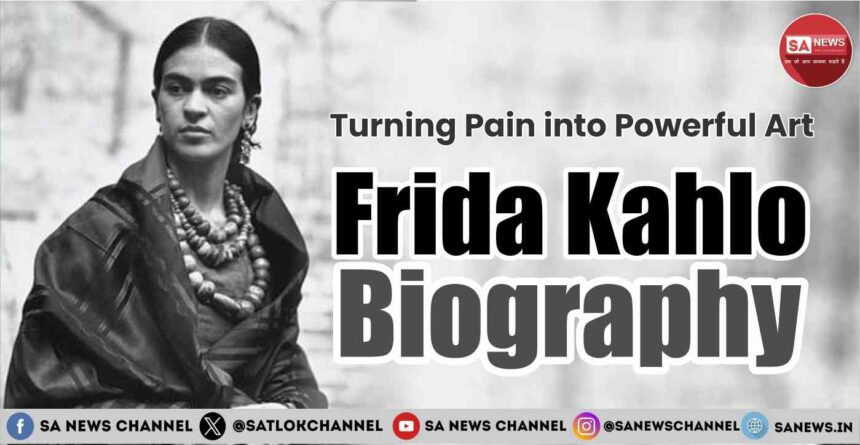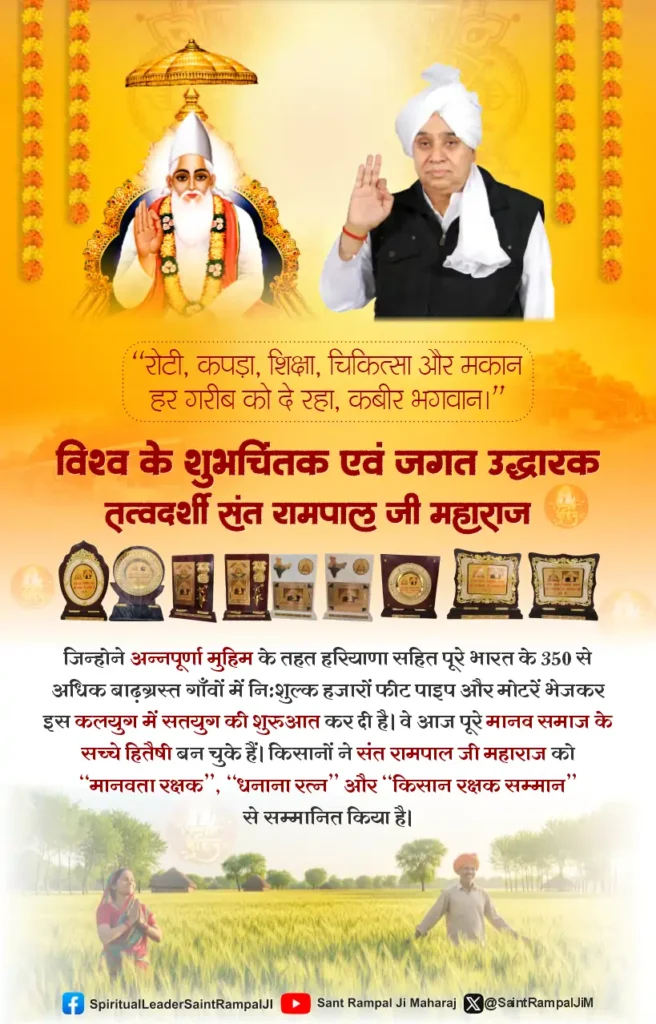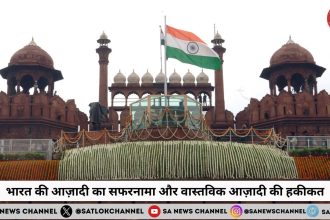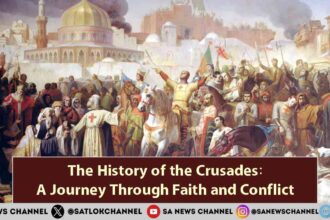Born in Coyoacán, Mexico City, on July 6, 1907, Frida Kahlo is one of the prominent Mexican painters of all times. Growing up at her family home La Casa Azul (The Blue House), which is now a museum, Kahlo faced several health issues beginning from her childhood. At the age of six she encountered polio which left her with a disability that caused her to limp. When she was eighteen, she met with a devastating bus accident that caused lifelong pain and disabilities.
- Biography of Frida Kahlo: Early Life and Heritage
- Biography of Frida Kahlo: Polio and the Life-Altering Accident
- Biography of Frida Kahlo: The Artistic Birth
- Biography of Frida Kahlo: Marriage to Diego Rivera: Love and Turmoil
- Biography of Frida Kahlo: Art as Expression: Themes and Symbolism in Her Work
- Biography of Frida Kahlo: International Fame and Exhibitions
- Biography of Frida Kahlo: Physical and Emotional Struggles
- Biography of Frida Kahlo: A Feminist and Cultural Icon
- Biography of Frida Kahlo: Frida Kahlo’s Enduring Influence on Art and Identity
- Frida’s Influence on Modern Pop Culture
- Frida Kahlo’s Diaries and Personal Writings
- Only Supreme God Can End All Sufferings
These physical and mental challenges deeply influenced her art and the way she portrayed her feelings into her artwork. Surreal elements and themes such as identity, postcolonialism, gender, and class were an inseparable part of Kahlo’s paintings. In her artworks, Kahlo adopted a unique style that blended realism, surrealism, and folk art. Dive into this article to gain insight into the world of Frida Kahlo.
Biography of Frida Kahlo: Early Life and Heritage
Born in a culturally rich and dynamic family environment, Frida Kahlo spent her childhood at La Casa Azul in Coyoacán, a small town on the outskirts of Mexico City. Kahlo was born to Guillermo Kahlo and Matilde Calderón. She was the third of four daughters of her parents. Guillermo Kahlo, a professional photographer, was a German immigrant, while Matilde Calderón was of mixed indigenous and Spanish parentage.
Frida had a majority of female relatives in her upbringing, which was in a household marked by her parents’ often conflicted family dynamic. Kahlo had a perceptive disposition, and was independently spirited and curious even at a young age. Frida’s early exposure to her father’s photography and arts enabled her ingenuity with visual arts.
Biography of Frida Kahlo: Polio and the Life-Altering Accident
Frida Kahlo’s early life was marked by severe health problems that would shape her resilience. At the age of six, she contracted polio and was left with a thinner, weaker right leg, and as a result, had a limp for the rest of her life. Frida faced teasing from her peers, however, she remained lively and her father encouraged her to do activities to build her strength such as swimming, soccer, and wrestling. At the age of eighteen, Kahlo faced yet another tragedy when she was in a terrible bus accident. A steel handrail pierced her abdomen and uterus, and she suffered multiple fractures in her spine, pelvis, collarbone, and legs.
This tragic event limited her to her bed for months and caused permanent damage and chronic pain in her abdomen and leg. Both the polio, and her accident, affected her profoundly, and were recurring themes in her raw, emotional, symbolic, artwork.
Biography of Frida Kahlo: The Artistic Birth
Following the bus accidents, while Kahlo was bedridden for an extensive period of time, she began painting as a way to pass the time and express herself. In fact, she even developed a special easel so she could paint in bed.
During a time in her life when she was limited in many ways, Kahlo began painting many self-portraits, each one helped her express her pain, suffering, and complicated cultural identity. Although the accident fundamentally impacted Kahlo’s art, it ushered in an even deeper engagement in her ever-evolving work around pain, injury, and resilience. Kahlo’s most compelling art drew on Mexican folk art, merged with symbolism, and primordial themes of injury and suffering, many self-portraits captured her own broken bones, bleeding scars, and medical iconography around her recovery.
The Wilderness period helped Kahlo articulate and continue her distinctive style including realism with surreal/ symbolic content, marking the artistic birth that informed her creative life to investigate identity, culture and suffering.
Biography of Frida Kahlo: Marriage to Diego Rivera: Love and Turmoil
When Frida Kahlo married Diego Rivera in 1929, both Kahlo’s artistic and political work flourished. Shortly after their marriage, Kahlo joined the Mexican Communist Party and immersed herself in leftist politics with Rivera. Together, and separately, they acted in the extremes of passionate and risky romantic relationships, overtly loyal to each other even in their relationship with one another including their betrayals. In the case of Rivera, Kahlo learned about his infidelity with her sister, Cristina.
The extent of Kahlo’s pain – both personal and artistic – was clearly demonstrated in A Few Small Nips, a raw and articulated painting that was completed in 1935, which directly correlated with the emotional injury inflicted by Rivera. During this time, Kahlo and Rivera traveled and lived in many different places (Mexico and the United States) in which they could have opportunistic collaboration. Despite this opportunity of collaboration the nearness of Kahlo and Rivera’s personal dynamic remained tumultuous.
Biography of Frida Kahlo: Art as Expression: Themes and Symbolism in Her Work
Frida Kahlo’s art, exhibited throughout her life, is richly charged with multiple overlapping layers of identity and cultural heritage, pain and resilience, with each layer expressed through abundant symbolism. Many of her self-portraits palpably and overtly engage her cultural heritage and individual pain, as evidenced by her work titled The Two Fridas, which represents two versions of Kahlo herself in one moment. One Frida represents her German ancestry, while the other represents her Mexican heritage.
The dual representations of Kahlo physically reflect the dual cultural identity she negotiated and emotionally represent the pain she experienced in life. In addition, for Kahlo, the experience of pain was both physical (related to lifelong health issues) and psychological.
Also Read: Vincent van Gogh: Biography, Paintings and Struggles Behind Expressionism
Pain is expressed in literal and raw forms in her paintings and can take the symbolic form of a broken column, a bleeding heart, or thorn necklaces, all of which imply martyrdom and perseverance, as in The Broken Column or Self-Portrait with Thorn Necklace and Hummingbird. Kahlo also employed Mexican motifs, folk art, and references inspired by pre-Columbian symbolism. For instance, hummingbirds supposedly symbolize hope, black cats symbolize misfortune or bad luck, and Aztec imagery represents the dynamic continuum between life, death, and rebirth.
Kahlo also utilized a lot of nature that has referential statics such as flowers, fruits, or animals, which symbolically represent ideas of fertility, growth, and transformation. In sum, Kahlo used all of these aspects and elements to illustrate empowerment and resilience in the face of human suffering, as well as pride and expression of her cultural identity, while expressing thematic concerns of gender, mortality, and the intersection of personal and collective experience.
Biography of Frida Kahlo: International Fame and Exhibitions
Frida Kahlo achieved international fame after her death, becoming one of the most known and recognized artists in the world. Even while she was alive, she only became known to the mainstream during her life, but her work started to have a huge impact on a global scale, and she became internationally known in the mid-1970s.
Over the years, there have been many large exhibitions of her art and other works incorporating her art, including significant retrospectives such as Frida: The Making of an Icon and Frida: Beyond the Myth, where her great works of art were compared to some of her personal items and documents showing her artistic progress and influence on culture.
Her works are personal, but they have also been shown all over the world, including huge collections at the Museum of Fine Arts Houston, Tate Modern, and the Virginia Museum of Fine Arts. She is a leading and defining figure in many cultural movements, including feminism, and has become an icon in the global understanding of identity and resilience, not just in Mexico or the region. Most of the exhibitions also included others’ works inspired by Kahlo’s work and artwork, whether they were vibrant or subtle works, addressing issues including Kahlo’s role in 20th-century Modernism or more generally as a global icon navigating her thinking through conflict.
Biography of Frida Kahlo: Physical and Emotional Struggles
Both the incidents, the polio and the bus accident led Kahlo to lifelong chronic pain, fatigue, and thirty surgeries. In addition to the physical suffering, Kahlo also suffered through multiple miscarriages, which added to the emotional pain. Although her marriage with Diego Rivera was full of passionate love, but was also marked with infidelities and emotional challenges.
Kahlo experienced the tramplings of her disabilities and marital challenges with her physical limitations and emotional depths, which were channelled into her art. Kahlo created works that expressed her physical and emotional torture, such as “The Broken Column” and “Henry Ford Hospital.” Kahlo’s art captures resilience, suffering, and a sense of identity and included symbolism and self-portraiture that helped her visually explore both her physical pain and emotional depth.
Biography of Frida Kahlo: A Feminist and Cultural Icon
Frida Kahlo is now widely recognized as a strong feminist and culture figure for her fearlessly expressing female identity, pain and strength through both her art and her life. Kahlo lived in a time when gender roles were specifically defined. Kahlo fully embraced her mixed heritage (mestizo) of both Mexican and European ancestry, and her unibrow and facial hair embraced traditional beauty standards by highlighting her uniqueness.
In addition she was openly bisexual and freely expressed her sexuality. She vividly portrayed not just a physical suffering and emotional suffering in her self portraits, but allowed the viewer to visualize what it could feel like to exist as a female experiencing everything including chronic pain and miscarriage. The struggles often portrayed in her art were ones that were often rendered voiceless, including; chronic pain, health struggles, miscarriage and more.
Kahlo was a politically conscious person and identified as part of leftist causes and movements. Kahlo, with her vibrant creativity, and fiercely independent persona, continues to inspire feminists and marginalized groups across the globe. She is a powerful enduring figure of strength, independence, and pride in culture. Frida Kahlo has an extensive artistic legacy but she encompasses empowerment for women and the LGBTQIA+ community while unsurpassingly celebrating Mexican indigenous heritage and identity.
Biography of Frida Kahlo: Frida Kahlo’s Enduring Influence on Art and Identity
Frida Kahlo is an unyielding advocate of the idea that no challenge is impossible if a person is determined and willing to work hard to achieve it. Kahlo made about 143 paintings in her life despite all the suffering she endured. She made many self-portraits containing rich symbols and analogies for her suffering and perseverance.
Kahlo produced her work with influences from Mexican folk art, indigenous cultures, and her unique hybridity of being mixed German-Mexican, which along with realism and fantasy, gave her style a unique fusion of magical realism while still generally commenting upon important economic, cultural and social issues like postcolonialism, gender, and class. Kahlo resisted the Surrealist label as there was a misconception of her work and didn’t want to be labeled as such, but many people think of her as a true Surrealist, and her work falls under a magical realism nuance.
Through her marriage to Diego Rivera and her political activism for the Mexican Communist Party, these aspects often found their way into her work. After her death, Kahlo began to emerge more prominently as a global feminist icon, cultural icon, and inspiration for women artists and marginalized communities, through the fearlessness of exploring identities, types of suffering, ideas, and experiences. Kahlo’s legacy today is reinforced via global museum exhibitions of her work and a culture that continuously draws upon her symbolism in contemporary art and society.
Frida’s Influence on Modern Pop Culture
Frida Kahlo’s legacy has extended far beyond galleries and art history books—she has become a global pop culture icon. Her unmistakable image, featuring her unibrow, flower crown, and traditional Tehuana dresses, appears on everything from T-shirts and tote bags to jewelry and home décor. Frida’s face has also become a common subject in tattoos, symbolizing strength, resilience, and unapologetic individuality.
Popular media has embraced her story too, most notably in the critically acclaimed 2002 biopic Frida, starring Salma Hayek, which brought Kahlo’s life and art to a global audience and renewed interest in her work across generations.
Frida Kahlo’s Diaries and Personal Writings
Frida Kahlo’s illustrated diary, written between 1944 and 1954, offers an intimate window into her inner world. Filled with vivid drawings, poetic reflections, and candid thoughts, the diary reveals her deep emotional struggles, political views, and creative process. It humanizes her beyond her paintings, capturing raw moments of love, pain, and rebellion.
For readers who want to understand the woman behind the myth, her writings provide a deeper emotional connection and illuminate the intensity with which she lived and created.
Only Supreme God Can End All Sufferings
Frida Kahlo’s story shows us how humans strive to find meaning and peace through suffering. While she sought solace in art, others seek it in faith. According to the spiritual teachings of Saint Rampal Ji Maharaj, lasting relief from suffering lies in connecting with the Supreme God, Kabir Saheb.
After attaining the true way of worship from a true Tatvadarshi Saint, all the sufferings of human life can come to an end. Saint Rampal Ji Maharaj is the only Tatvadarshi Saint in this world who is providing a true way of worship to attain God Kabir. Everyone is requested to take initiation from Saint Rampal Ji Maharaj and perform worship to attain Supreme God Kabir Saheb.









